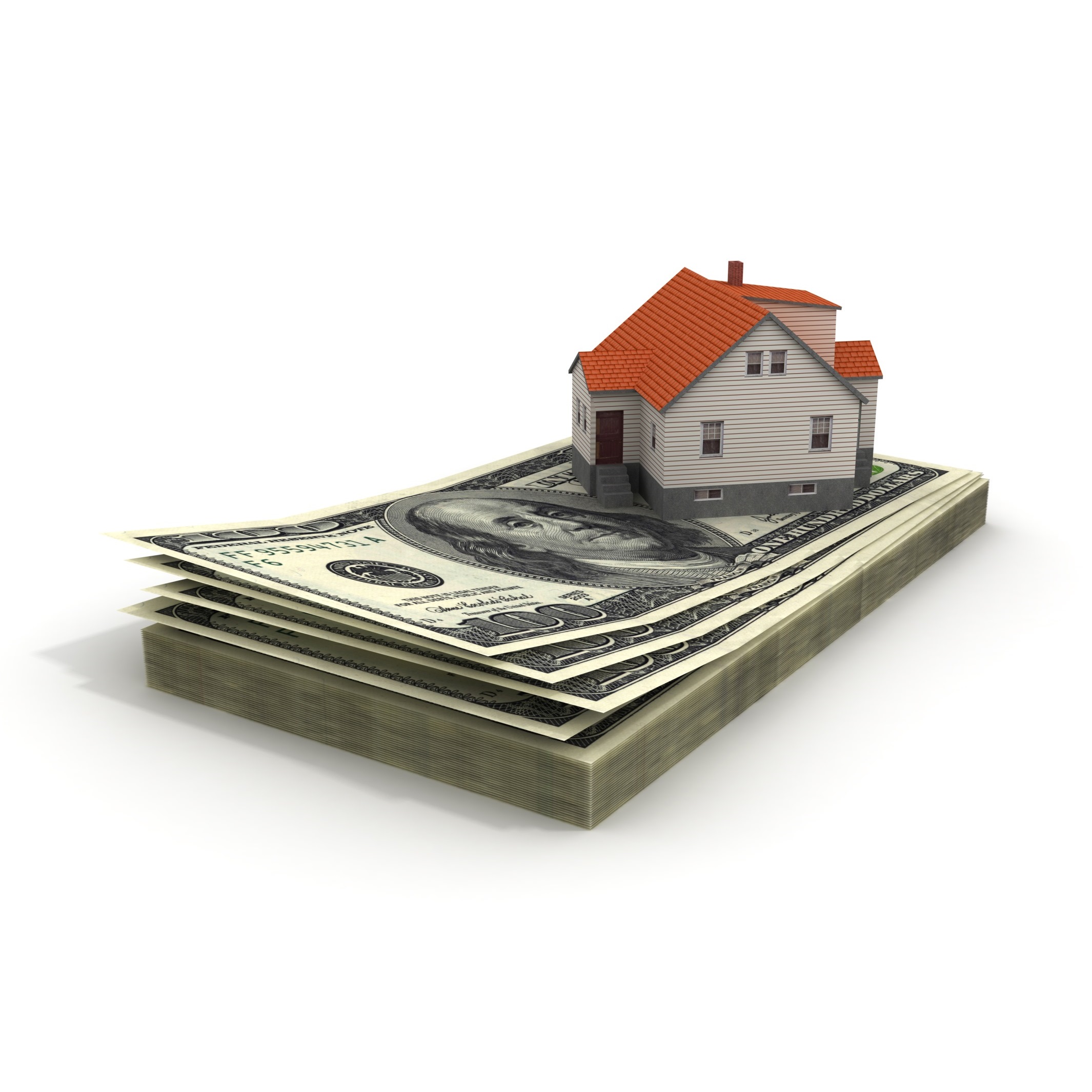
In all 20 U.S. cities included in the 20-city home price index, July house prices increased year over year, and all 20 also posted NSA month-over-month increases. Seattle (up 13.2%), San Diego (up 7.8%) and three metros — Denver, Detroit, Portland — (up 7.2%) posted the largest year-over-year gains. Las Vegas (up 1.0%) and New York (up 0.9%) posted the largest month-over-month increases, while San Francisco (down 0.1%) posted the only decline.
The S&P CoreLogic Case-Shiller NSA home price indexes for August increased by 5.9% year over year for the 20-city composite index and by 5.3% for the 10-city composite index.
Economists had estimated an NSA year-over-year gain in the 20-city index of 6%. The NSA monthly gain of 0.5% came in above the 0.3% consensus estimate.
The index tracks prices on a three-month rolling average. August represents the three-month average of June, July and August prices.
Average home prices for July remain comparable to their levels in the winter of 2007.
The chairman of the S&P index committee, David M. Blitzer, said:
Home price increases appear to be unstoppable. August saw the National Index annual rate tick up to 6.1%; all 20 cities followed in the report were up year-over-year while one, Atlanta, saw the seasonally adjusted monthly number slip 0.2%. Most prices across the rest of the economy are barely moving compared to housing. Over the last year the consumer price index rose 2.2%, driven largely by energy costs. Aside from oil, the only other major item with price gains close to housing was hospital services, which were up 4.6%. Wages climbed 3.6% in the year to August.
The ongoing rise in home prices poses questions of why prices are climbing and whether they will continue to outpace most of the economy. Currently, low mortgage rates combined with an improving economy are supporting home prices. Low interest rates raise the value of both real and financial long-lived assets. The price gains are not simply a rebound from the financial crisis; nationally and in nine of the 20 cities in the report, home prices have reached new all-time highs. However, home prices will not rise forever. Measures of affordability are beginning to slide, indicating that the pool of buyers is shrinking. The Federal Reserve is pushing short term interest rates upward and mortgage rates are likely to follow over time, removing a key factor supporting rising home prices.
Compared to their peak in the summer of 2006, home prices on both 10-city and 20-city indexes remain down about 4.3% and 1.8%, respectively. Since the low of March 2012, home prices are up 47.8% and 51.3% on the 10-city and 20-city indexes, respectively. On the national index, home prices are now 5.6% above the July 2006 peak and 45.6% higher than their low-point in February 2012.
It’s Your Money, Your Future—Own It (sponsor)
Are you ahead, or behind on retirement? For families with more than $500,000 saved for retirement, finding a financial advisor who puts your interest first can be the difference, and today it’s easier than ever. SmartAsset’s free tool matches you with up to three fiduciary financial advisors who serve your area in minutes. Each advisor has been carefully vetted and must act in your best interests. Start your search now.
If you’ve saved and built a substantial nest egg for you and your family, don’t delay; get started right here and help your retirement dreams become a retirement reality.
Thank you for reading! Have some feedback for us?
Contact the 24/7 Wall St. editorial team.
